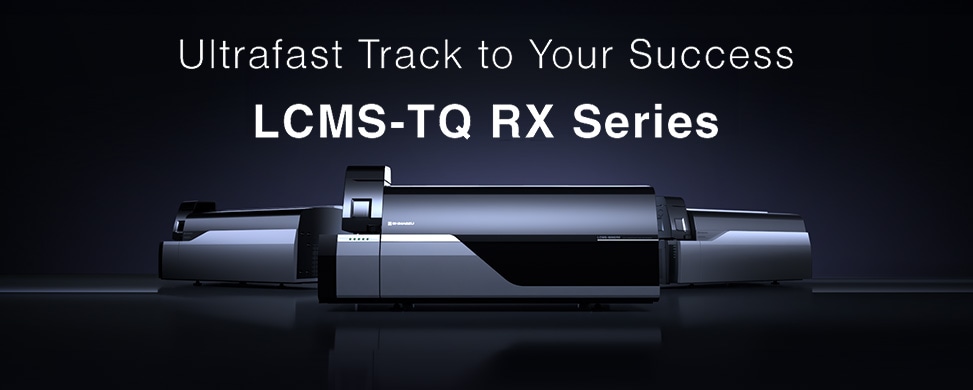
LCMS-TQ RX Series Triple Quadrupole LC-MS/MS
- By combining multiple analysis methods, it becomes possible to conduct a multifaceted analysis of components related to glycosyltransferase reactions – sugars (substrate precursor), cofactors (metal ions), substrates (sugar nucleotides), and products (glycans). - It is useful for developing culture process conditions to achieve the desired glycan profile.
Glycans, also referred to as the "third life chain" alongside nucleic acids and proteins, are gaining attention for their roles in cell functions and biopharmaceuticals. N-linked glycans bound to antibodies can impact the quality of pharmaceuticals, including their efficacy and safety. For example, An increase in core fucosylated glycans enhances Antibody-Dependent Cellular Cytotoxicity (ADCC) activity, and an increase in terminal galactosylated glycans contributes to the improvement of Complement-Dependent Cytotoxicity (CDC) activity. Therefore, glycan profiles are regulated as one of the Critical Quality Attributes (CQAs) , and the culture process is studied to stably produce antibodies with the desired glycans. For an efficient development of culture conditions aiming at controlling the glycan profile, strategic considerations focusing on the mechanism of glycan formation are required. Hence, in this article, we focused on glycosyltransferase reactions, and analyzed multiple components such as substrate precursors (sugars), cofactors (metal ions), and substrates (sugar nucleotides). We introduce a case where a multifaceted evaluation was conducted, from input to output, in glycan formation.
May 31, 2024 GMT
Some products may be updated to newer models